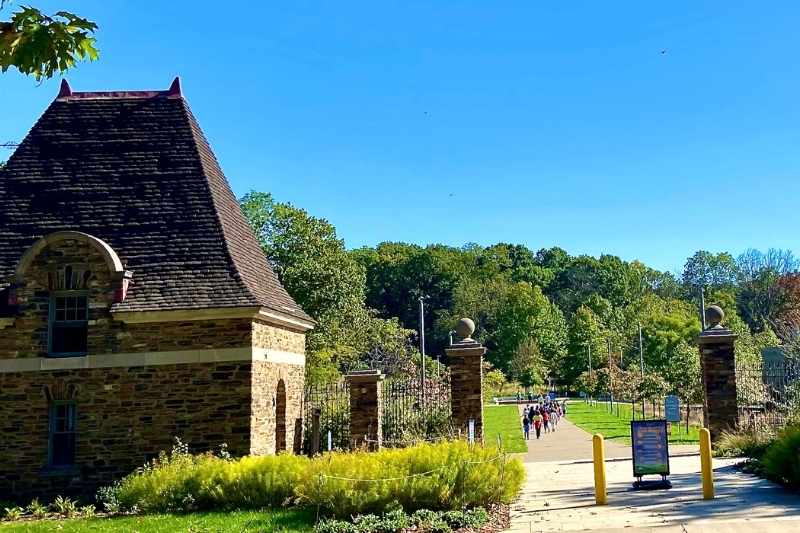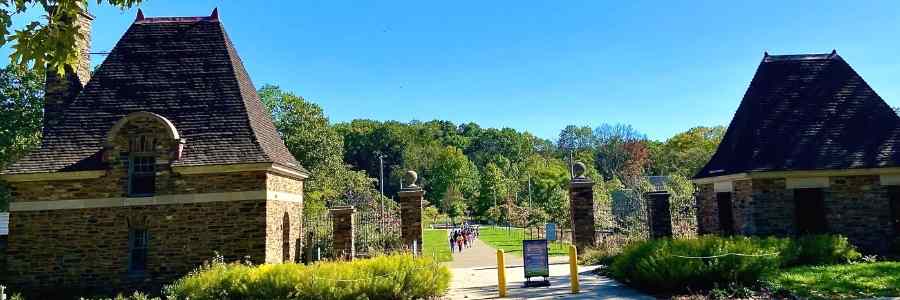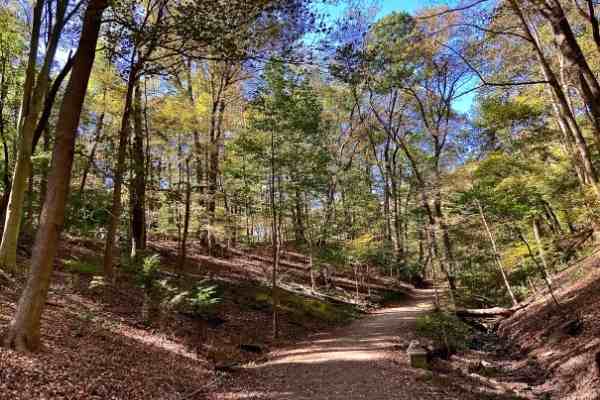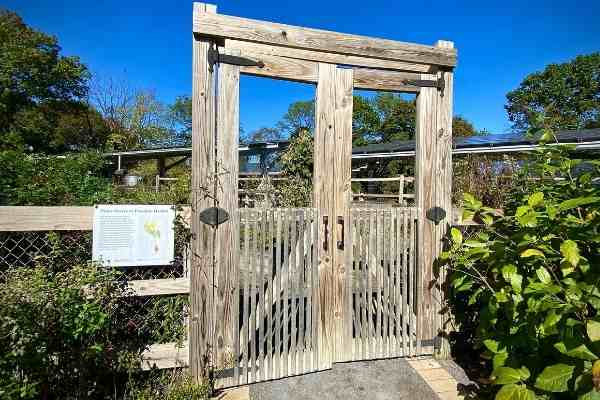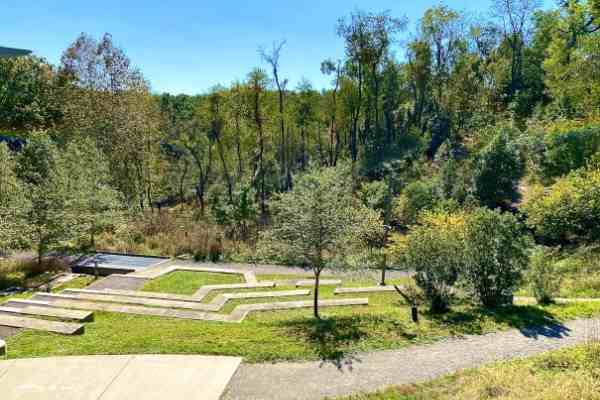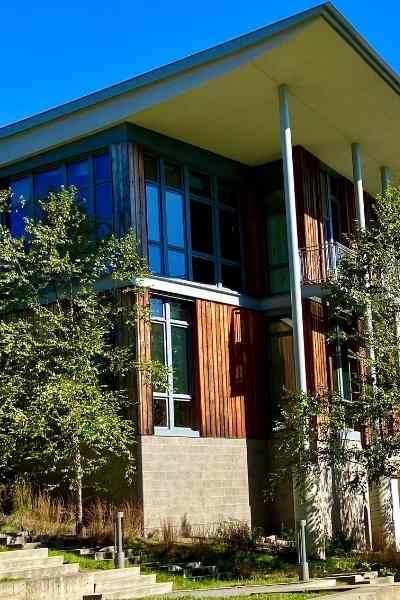Frick Park, located in Pittsburgh, PA, is a conservation and an ecological green gem.
Frick Park is the largest of Pittsburgh’s regional parks and is minutes from downtown Pittsburgh. It is a beautiful and flourishing urban park and helps improve the everyday lives of those who live in the city and surrounding areas.
Frick Park is a lasting gift from a father to his daughter that benefits many.
Henry Clay Frick was one of America’s most influential and wealthy industrialists in the early 1900s. At the request of his daughter Helen, he created a park where children in the city could enjoy nature. According to Martha Frick Symington Sanger, writer and descendant of the Fricks, Helen Frick developed a love for the wilderness and a deep social conscience, in part influenced by President Theodore Roosevelt, who has been referred to as the “Conservationist President.”
As you enter the historic 70-year-old gatehouse on Reynolds Street, you realize that this park is truly a special place.
Frick Park spans 644 acres. Nature trails weave throughout open spaces surrounded by woodland scenery. The valley of Nine Mile Run borders the Monongahela River. The Slavery to Freedom living garden honors authentic historical accounts and highlights African-American connections to and influence on the natural world. Recreational activities include jogging, hiking, biking, tennis, birding, and conservation and education programs at the Frick Environmental Center.
The Frick Environmental Center (FEC) is a Living Building certified by the International Living Future Institute (ILFI).
The FEC is the first municipality-owned and free-to-the-public building to get this certification. According to Jason F McLennan, an architect who is very influential in the green building movement, “the living building employs the seven petals, a flower representing an accurate representation of a truly regenerative building. Flowers accurately represent a truly regenerative building that receives all of its energy from the sun, nutrients from the soil, and water from the sky. Similar to a flower, they simultaneously shelter other organisms and support the surrounding ecosystem. They also serve as beauty and inspiration and adapt to their surroundings.”
The ILFI Living Building certification is the world’s most rigorous green building standard. To learn more, please read our blog, “Living Buildings Around the World.”
There are many sustainability features of the FEC.
- Photovoltaic array panels over the parking lot operate at net-zero energy-generating about 150,000 kilowatt-hours each year, approximately 10,000 kilowatt-hours more than the building is expected to use. With an approximate yearly savings of $13,000 in energy cost, the excess goes back to the electrical grid.
- Net-zero water, where stormwater drains off the land, is captured and filtered in water tanks then reused for irrigation and non-potable uses.
- Rainwater is collected from the runoff of the array of panels before reaching the ground, where holding tanks capture the rainwater.
- Stormwater runoff is managed with permeable pavers, grass, gravel, and other porous materials to reduce soil erosion.
- Solar array panels representing the steelworkers of Pittsburgh are in radiant floor heating and ground-source heat pumps.
- The Center’s building is muted in gray and beige, which blends into the landscape, enabling the focus to be on nature. The low-profile structure allows neighbors to view the green space and canopy of trees in the park.
- Building materials were sourced from a 1200-mile radius of the site to minimize the FEC’s carbon footprint.
- Local artists’ work is displayed throughout the building, where a sense of place and connection in ecology is realized.
Be sure to visit Frick Park the next time you are in Pittsburgh. It will be a day well spent.
Discover Other Historical Sites and Fascinating Experiences Across the Globe:

Written by Yvonne Dwyer
Master Naturalist and OPL Content Contributor
“It is truly an honor for me to be a contributor to One Planet Life. By sharing my experiences and lifetime of learning, I hope to inspire conservation, sustainability, stewardship, and awareness of enjoying the natural wonders of the world for the wellbeing of people and the planet.”

